|
What's in a name? In the case of plants they sometimes allude to an earlier time when the common name of plants often referred to physical characteristics, resemblance to something else or became the go to plant for certain herbal uses. Having so many plants with 'wort' in their name, you would think that there should be an entire 'wort' family but no, mostly they are unrelated, connected only by the belief that they had some medicinal or household value. Sometimes they became 'wort plants because they looked like a part of human anatomy; liverwort, lungwort and bladderwort, using the theory that if it looked like a body part, then it must be good for aliments of that particular organ. Other plants garnered the “wort” as an ending to their name as they were considered medicinal plants used for the treatment of symptoms but not necessarily related to a specific body part and lastly they became 'wort' plants if they could be used in a household for various reasons but usually in cooking, brewing, dying or cleaning. I knew I had a number of 'wort' plants in the garden but looking around it turns out there are more than just a couple. There are woundworts and sneezewort (above), gypsywort, nipplewort and St John's wort but also bridewort (now called meadowsweet), ragwort, dropwort, figwort, hornwort (an aquatic plant in the pond), lesser spearwort, greater and lesser stitchwort and soapwort. Woundwort: Two species grow here regularly, Hedge Woundwort - Stachys sylvatica (above) and Marsh Woundwort - Stachy palustris but when I sowed a couple of packets of annual wildflower seeds one of the flowers that arrived was Field Woundwort. Marsh Woundwort prefers a slightly damper grassland habitat whereas Hedge Woundwort will readily take to banks and drier grassy places, Field Woundwort is an annual that gets out-competed by other plants quite readily and did not appear again. Both Hedge and Marsh Woundworts were used in preparing poultices to staunch wounds and to heal injuries. Bridewort: aka Meadowsweet or even sometimes Meadwort - Filipendula ulmaria is the high summer glory that fills meadows and riverbanks, road verges and woodland pathways and is awash with bumblebees at the moment. Creamy white flowers with a beautiful perfume that used to be used as a floor strewing herb to sweeten the air in medieval houses and used to sweeten and flavour wines, beer and mead. In herbal medicine, meadowsweet contains salicylic acid, one of the main ingredients for Aspirin and is used to relieve pain, to treat complaints of the muscles and joints. Meadowsweet is also known to inhibit excessive bacterial activity on the skin, due to its essential oils as well as the salicylates and can be especially good for refreshing, relaxing foot baths as well as deodorants. Soapwort - Saponaria officinalis (in my garden the variety Alba Plena) is a sprawling, spreading, untidy perennial that flowers in late summer, usually in a baby pink but here a double white. It easily tolerates poor soil and drought conditions but be aware, it can become invasive. Soapwort contains saponins which are the part of the plant chemistry that creates a foam, an effective cleaner with a lather that can dissolve fats and even grease! Though it works like a powerhouse, soapwort is gentle enough to use on old fabrics, sensitive skin and dry hair. A cleanser good enough to leave you squeaky clean and fresh, but does not strip away all of the good, essential and necessary oils in your skin or hair. Figwort - Scrophularia nodosa is a member of the family Scrophulariaceae, which also includes foxgloves, toadflaxes and cow wheats. It is found in damp deciduous woodlands and hedgerows and often in damp grasslands close to rivers, ponds and streams. Small, hooded, brown and green flowers are produced in whorls on stout, squared stems in summer and early autumn, followed by light brown seed capsules. Figwort can be made into ointments to use on burns, wounds, swellings, ulcers and skin inflammation. It is also a mild diuretic that encourages the removal of wastes through the kidneys, it can relieve bloating by increasing urine production. Nipplewort Cinnabar moth caterpillars happily munching on ragwort Lesser Stitchwort Lesser Spearwort Marsh Woundwort With so many 'wort' plants here in the garden I could start my own apothecary, I do use many of them for various situations bearing in mind that many can also have adverse effects if taken in quantity. Simple salves from plantain or tasty syrups from elderflower or rosehip, refreshing and beneficial teas from meadowsweet, nettle, feverfew or willow and of course, jellies, jams and baking all can use ingredients from the garden.....
0 Comments
Leave a Reply. |
WildEdges
A haven of quiet countryside highlighting issues affecting the natural world. Categories
All
|
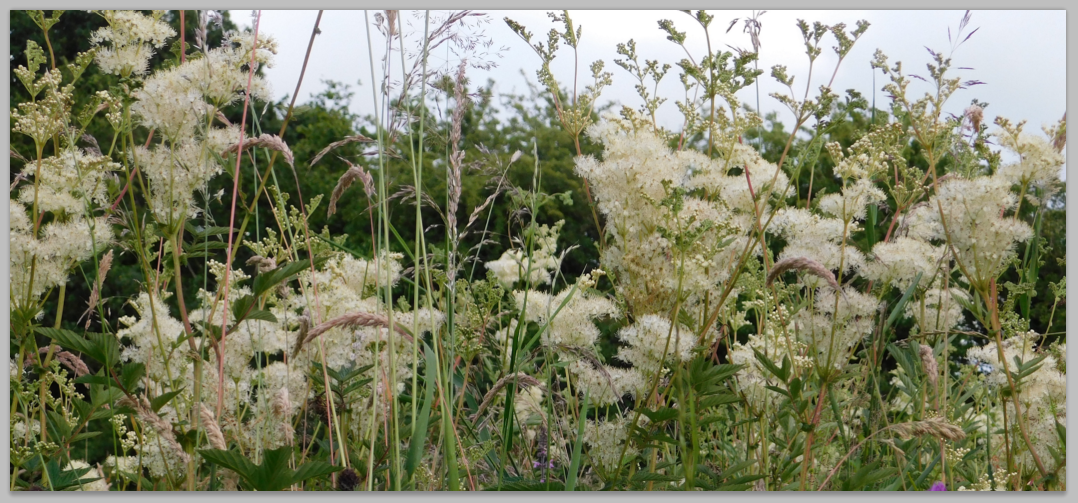
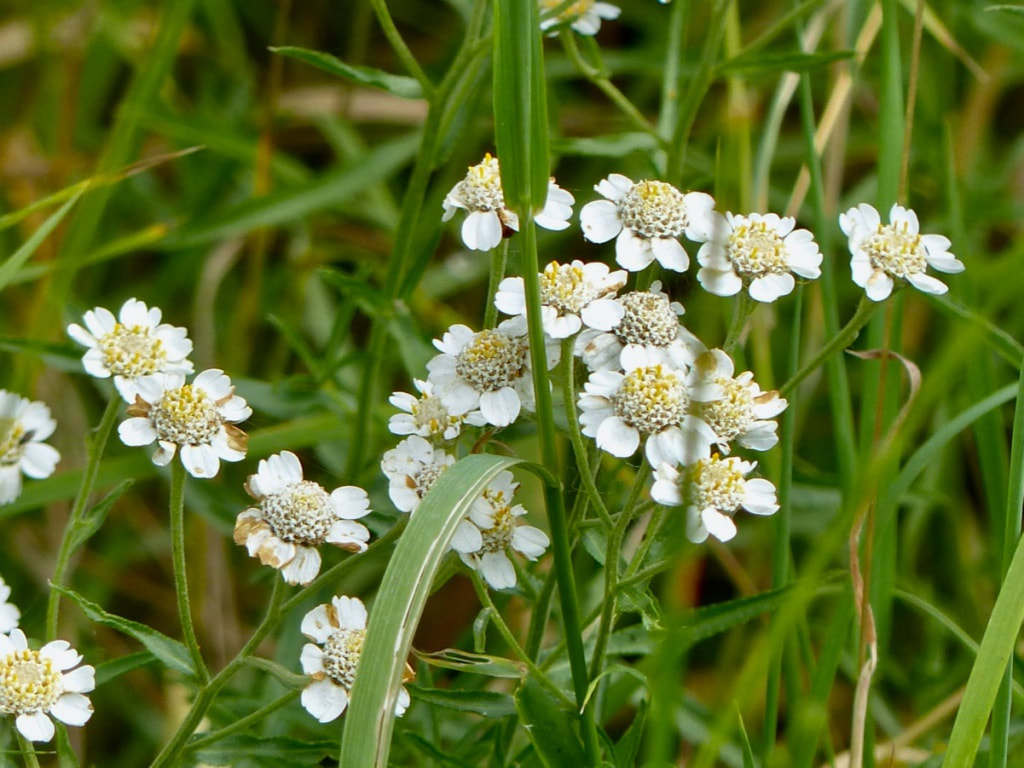
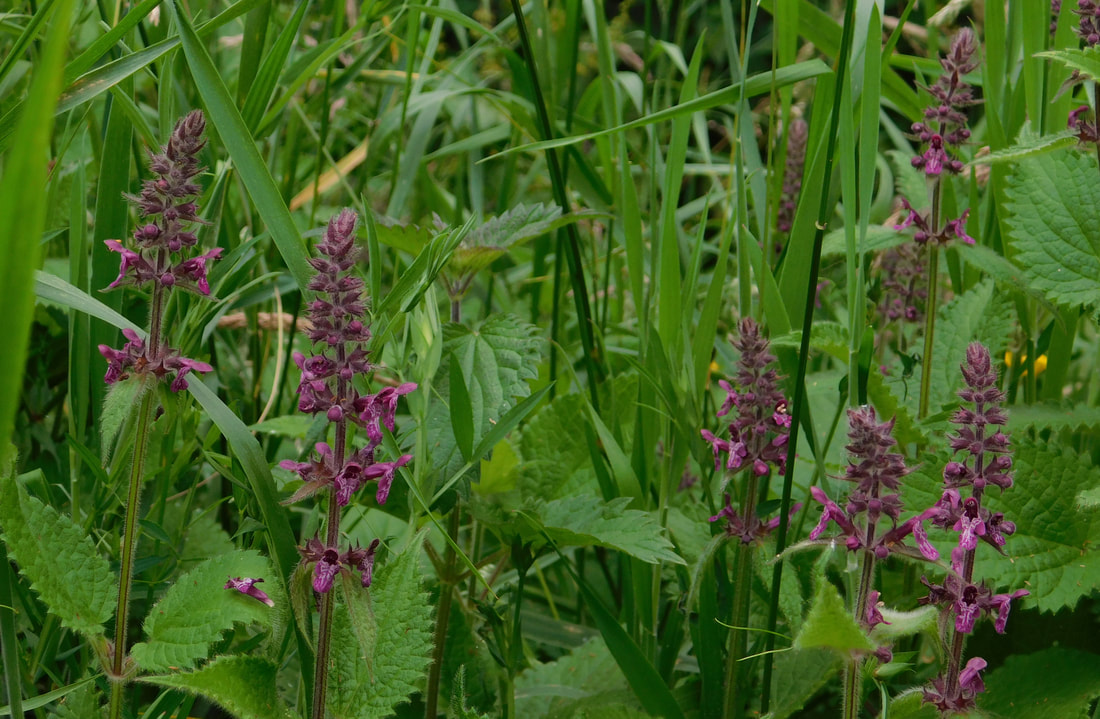
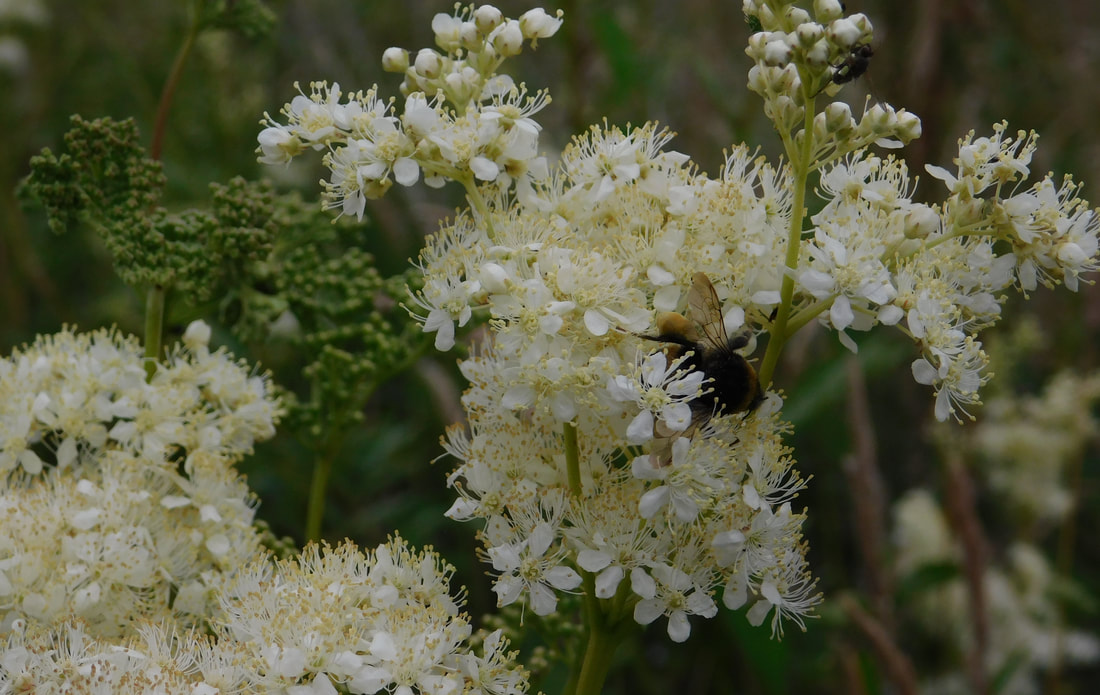
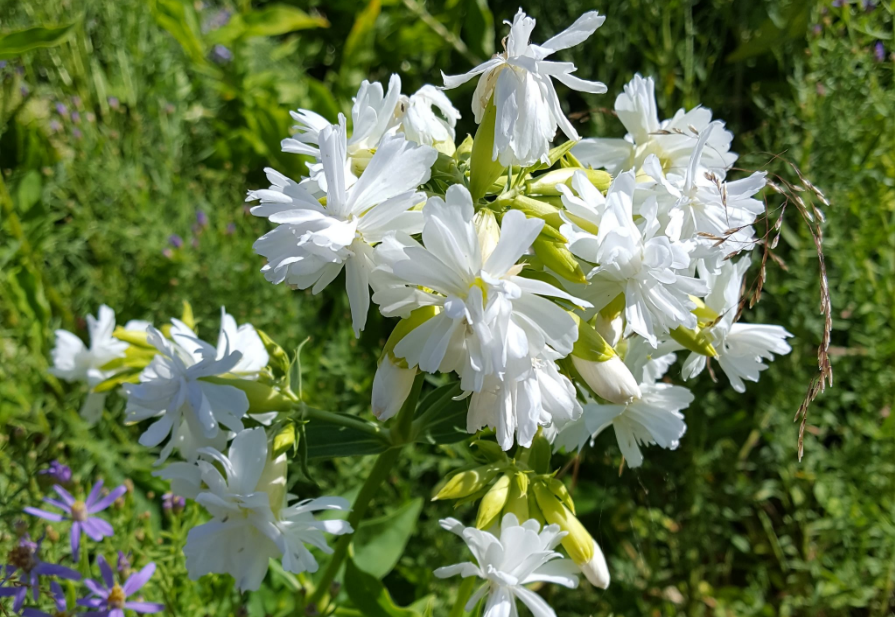
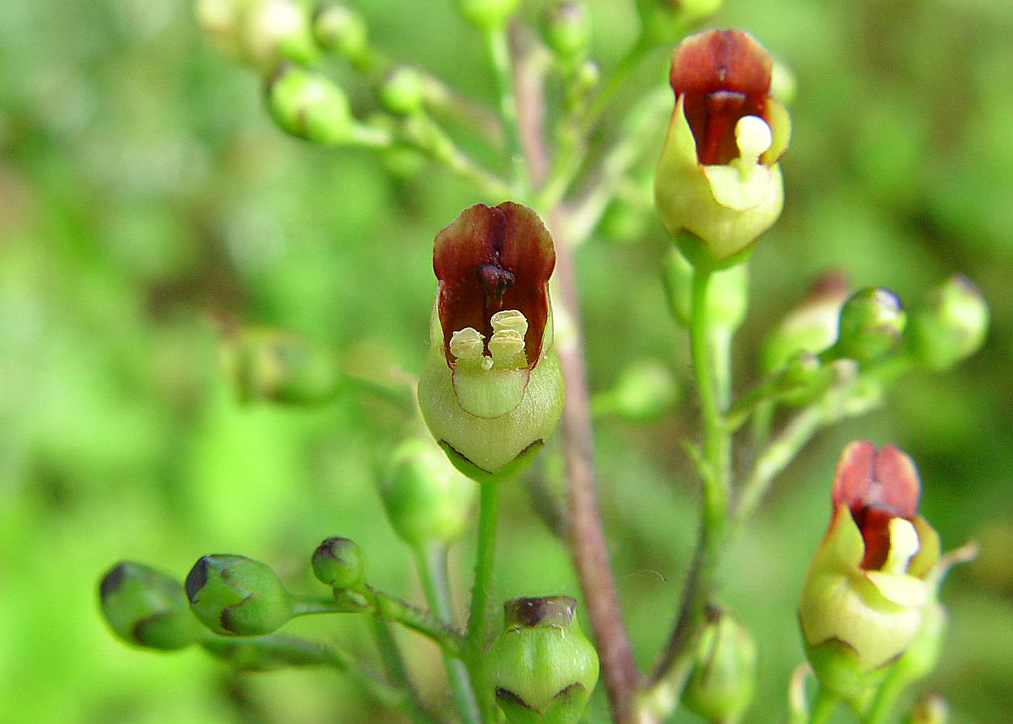
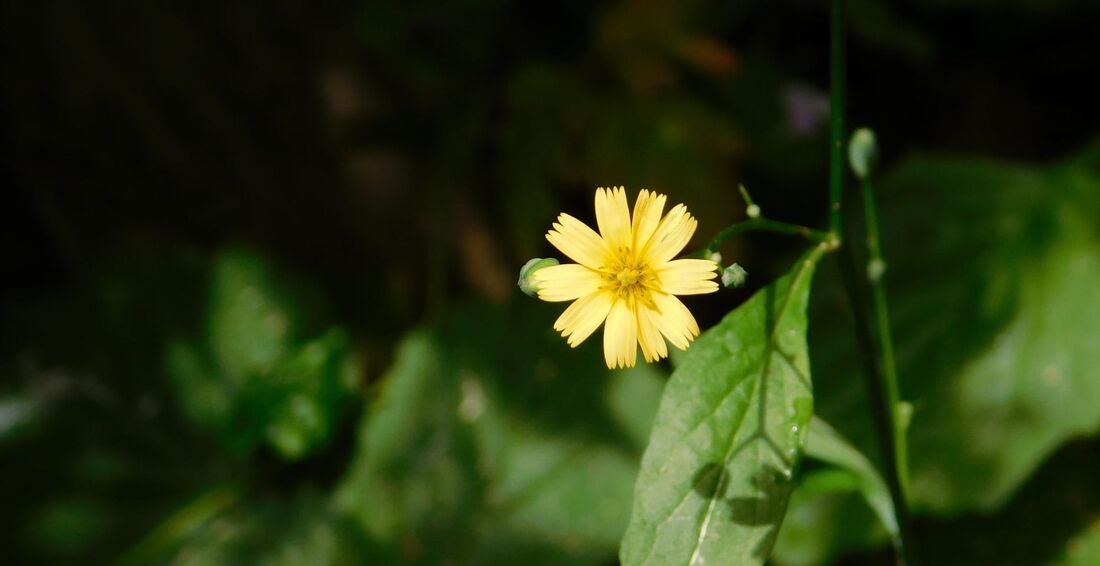
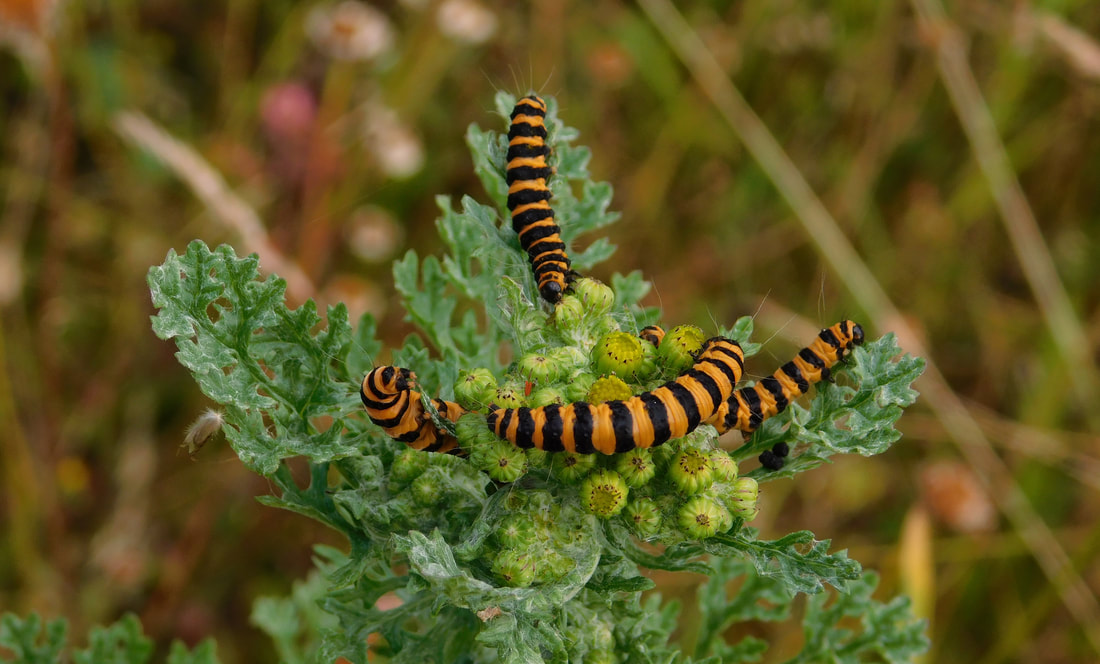
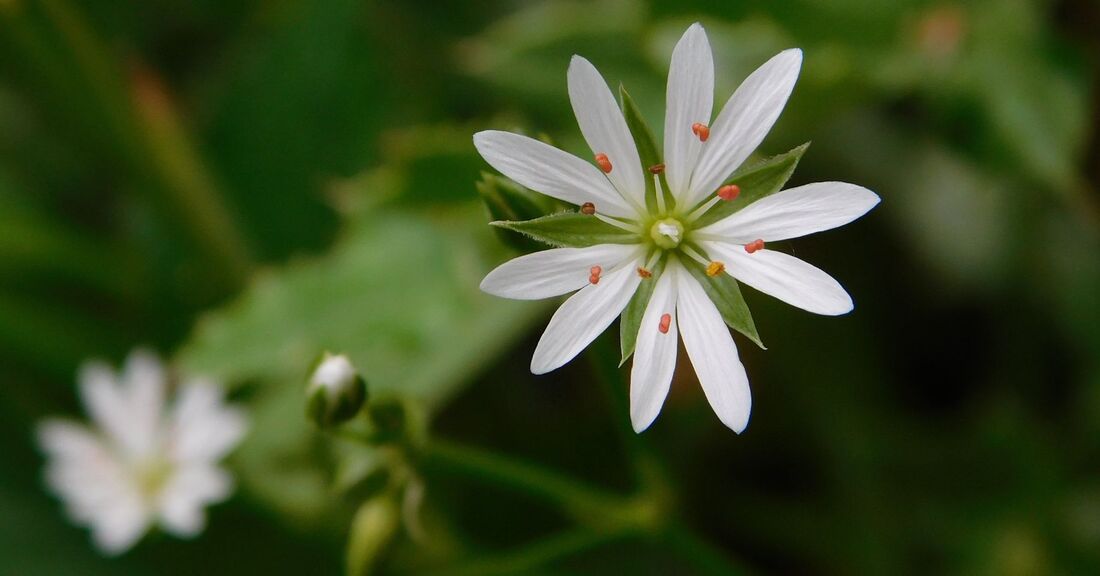


 RSS Feed
RSS Feed